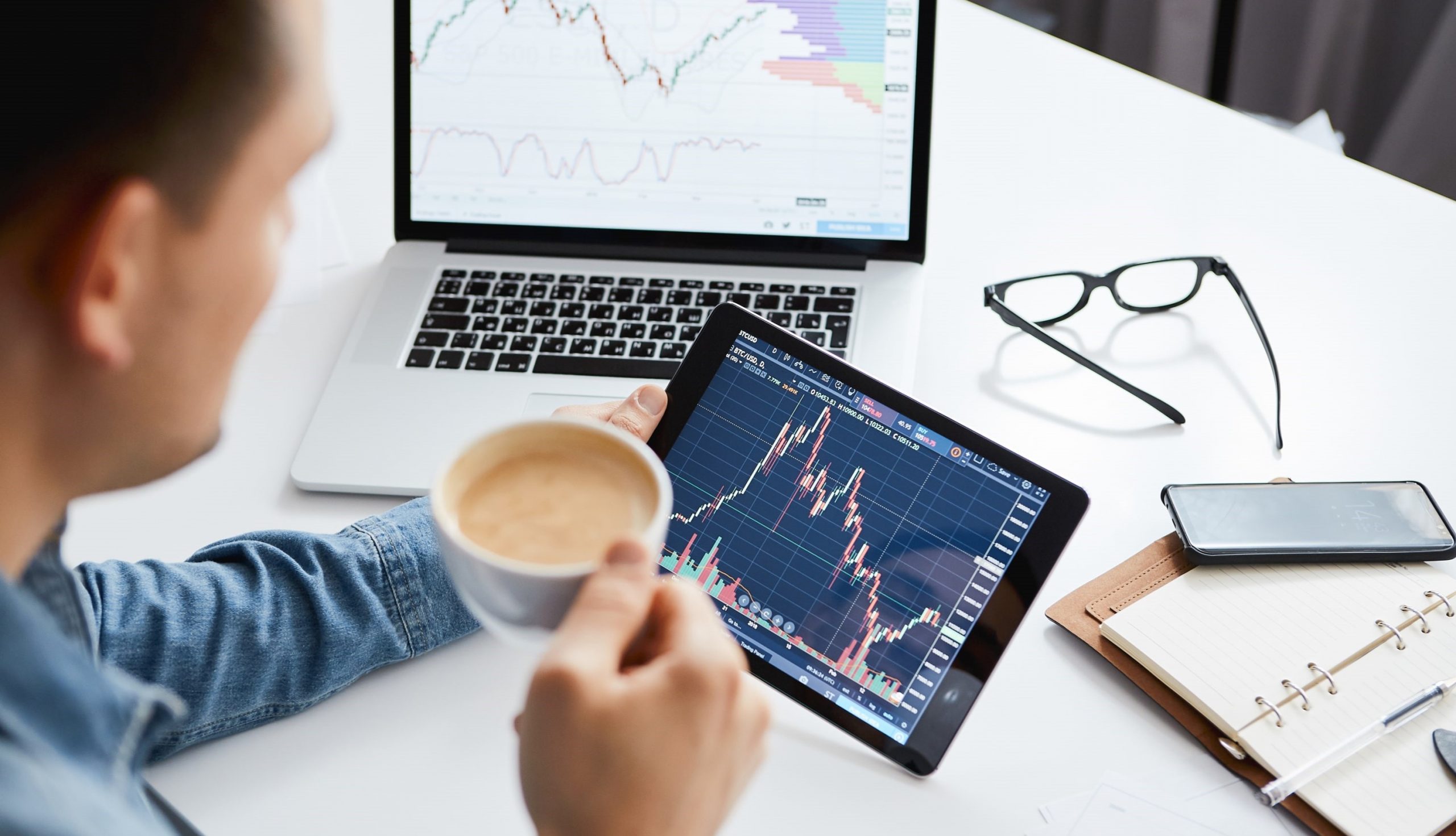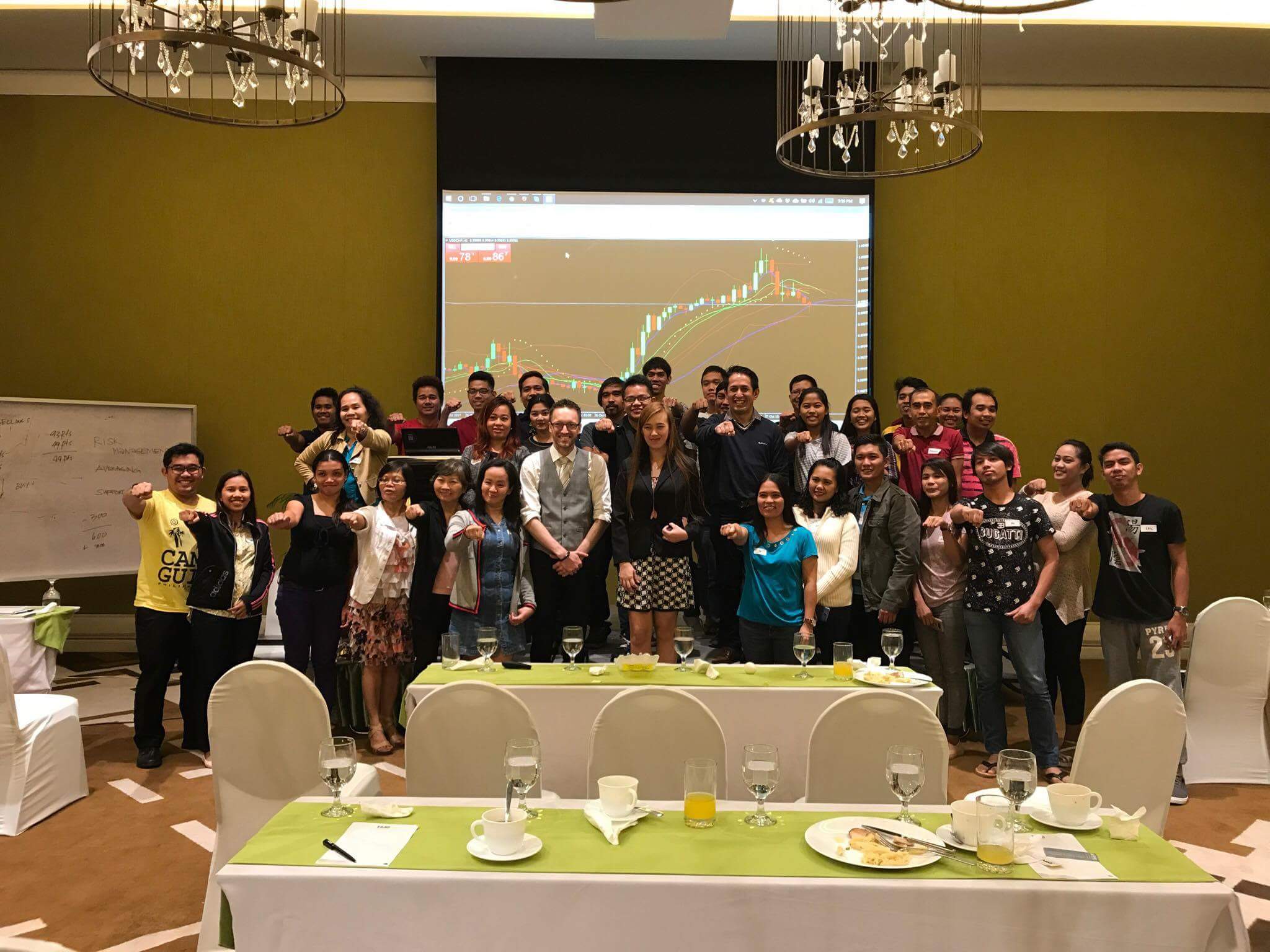As a newbie trader, you have constantly been encouraged to practice forex demo trading first before going live.
Through demo trading, you were able to hone the basic trading skills, develop a trade plan, conduct proper risk management, and understand trading psychology (at least we hope so!) without putting your hard-earned cash on the line.
Once you were able to demonstrate consistent profitability and build up your confidence in taking trades, you decided that it was time for you to get your feet wet and open a live trading account.
Since you were already hitting consecutive wins on demo, making huge profits with real money at risk shouldn’t be that difficult, right?
WRONG!
When most newbies cross over from demo to live, they usually believe that their demo trading results can be easily replicated on a real account.
Because of that, some are left very frustrated when they realize that this isn’t always the case. Here are a few reasons why:
1. Real money means real emotions.
As traders, we try to be as emotionless as Spock while making trading decisions.
However, eliminating one’s emotions completely isn’t humanly possible and it can’t be helped that vulnerability to emotions increases when real money is at risk.
To illustrate, compare what you were feeling when you first traded on a demo account versus how you felt when you placed your very first live trade.
Was your heart beating faster? Did you feel butterflies in your tummy? Were your hands a bit shaky? If so, then you were either madly in love or feeling an extra kick of nervousness when you started trading live!
2. There is no real monetary risk on demo.
Even if you tried to treat your demo account as a real one, the truth is that there is no real monetary risk on demo.
You can suffer a few losses here and there but, at the back of your mind, you know that you can have your demo account refilled with fake cash any time.
If you make a ton of mistakes on demo, you can be comforted by the fact that you can start over easily and this takes a lot of pressure off your shoulders.
In contrast, finding yourself in a slump while trading real money can hurt your trading confidence and can cloud your trading decisions later on.
3. The temptation to commit trading sins is stronger in live trading.
Because you’re dealing with real monetary risk, you’ll be more emotionally invested in the outcome of your trades. As a result, the temptation to go back to your bad trading habits will be a lot stronger.
Just when you thought that you’ve finally overcome those habits, you might find yourself committing common trading sins like moving your stop losses, cutting off your winning trades early, and revenge trading.
For some traders, their desire to prove that their live accounts can be as profitable as their demo accounts even lead to new problems like overtrading and ignoring their trading plans altogether.
So how can you deal with these differences?
A good way of bridging the gap between demo and live trading is to copy the mental state of emotionless trading you practiced on demo.
- You can do this by focusing on the process and not the profits. Take one trade at a time and focus on sticking to your plan and implementing proper risk management.
- Make sure that you’re trading money that you can afford to lose. This will take some of the pressure off and help you concentrate on your trades better.
Another good way to repeat your demo trading success is to keep good trading habits like writing trade journals.
- Write down what’s going on in your live trades. How do they differ with your usual demo trades? Do your reactions and trade decisions differ when you trade real money? What could you have done better?
- By noting the mistakes that you made on a live account that you don’t usually make on demo, you’ll have an idea about the exact problems that you need to work on.
Switching from demo to live trading is hard and often leads to losses at first, but it shouldn’t stop you from bouncing back.
You just have to tread lightly and make sure that you’re aware and prepared for the emotional commitment needed for live trading.
Source: This article is originally posted by babypips.com. Click here for the original article.









Leave a Reply